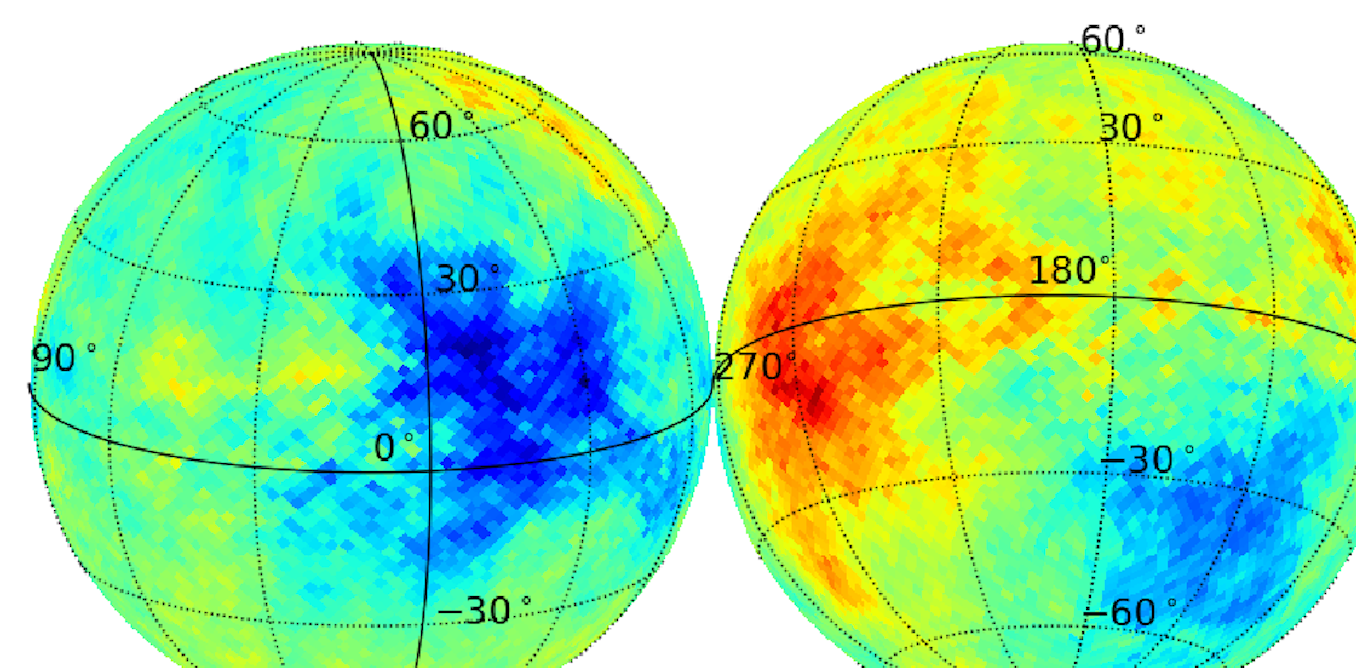In 2023, 78.3 million people in the EU aged 15 to 74 were employed in science and technology, indicating a 2.9% increase compared with 2022. When looking at 2013, data show a substantial rise of 25% in the last decade (62.5 million people). Science and technology occupations comprise those whose main tasks require either a high level of professional knowledge or technical knowledge and experience in one or more fields of physical and life sciences, or social sciences and humanities.
Of the 78.3 million people employed in science and technology, 52% were women (no change compared with 2021 and 2022). They worked predominantly in service activities (57% women versus 43% men). Malta was an exception, with only 48% of women in science and technology employed in service activities.
Across the EU regions at level 1 of the Nomenclature of territorial units for statistics (NUTS 1), the highest shares of women employed in science and technology in 2023 were observed in Lithuania and Latvia (both 63% and single regions at this level of detail), followed by the German region of Sachsen-Anhalt (62%).
At the other end of the scale, the lowest shares were recorded in Malta (45%) and in 4 Italian regions: North-West, South (both 46%) and North-East and Centre (both 47%).
Source dataset: hrst_st_rsex
Among the human resources in science and technology, one significant subgroup is comprised of scientists and engineers. Scientists and engineers made up a quarter (24%) of all people employed in science and technology in the EU, a 4.8% increase compared with 2022. Germany employed the largest number of scientists and engineers across the EU countries, with over 3.9 million scientists and engineers aged between 15-74 years.
Despite women making up the majority of the people employed in science and technology, they were underrepresented as scientists and engineers, accounting for 41% of total scientists and engineers in 2023. This share grew by only 1 percentage point over the last 10 years, but the absolute number of women working as scientists and engineers grew by 50% in that period, from 5.1 million in 2012 to 7.7 million in 2023.




